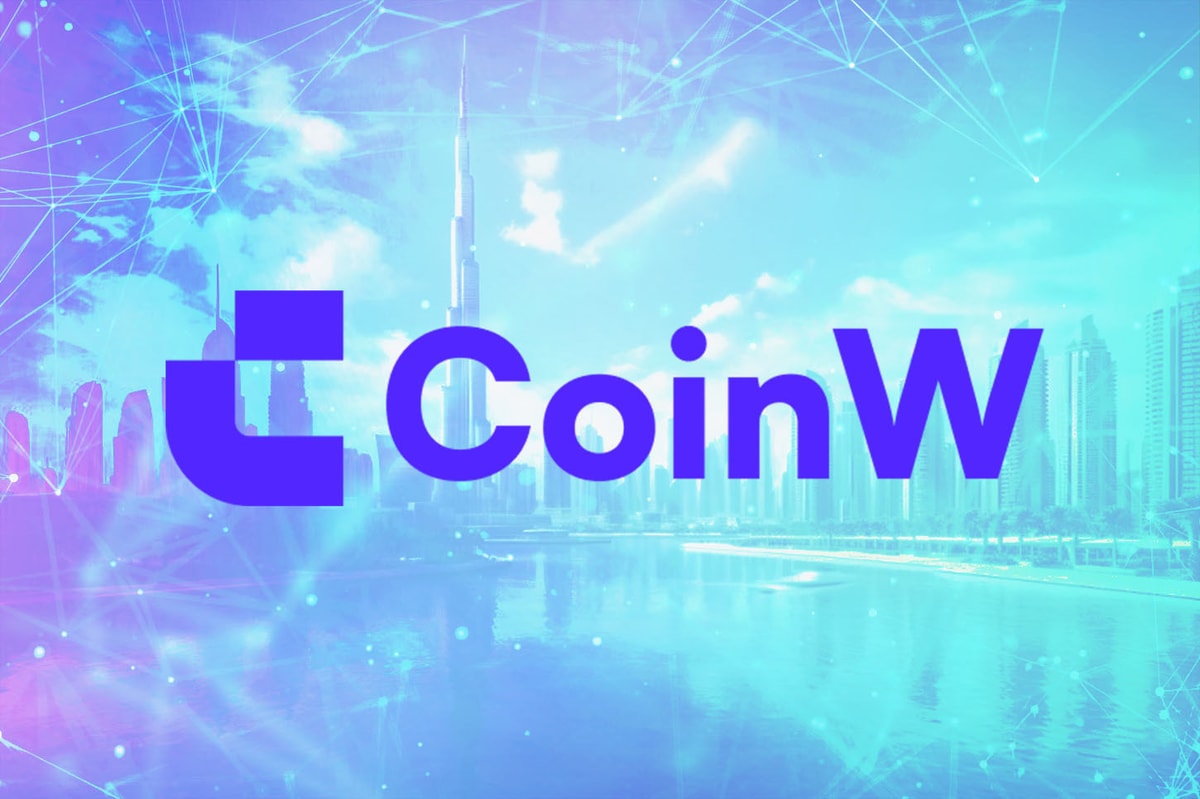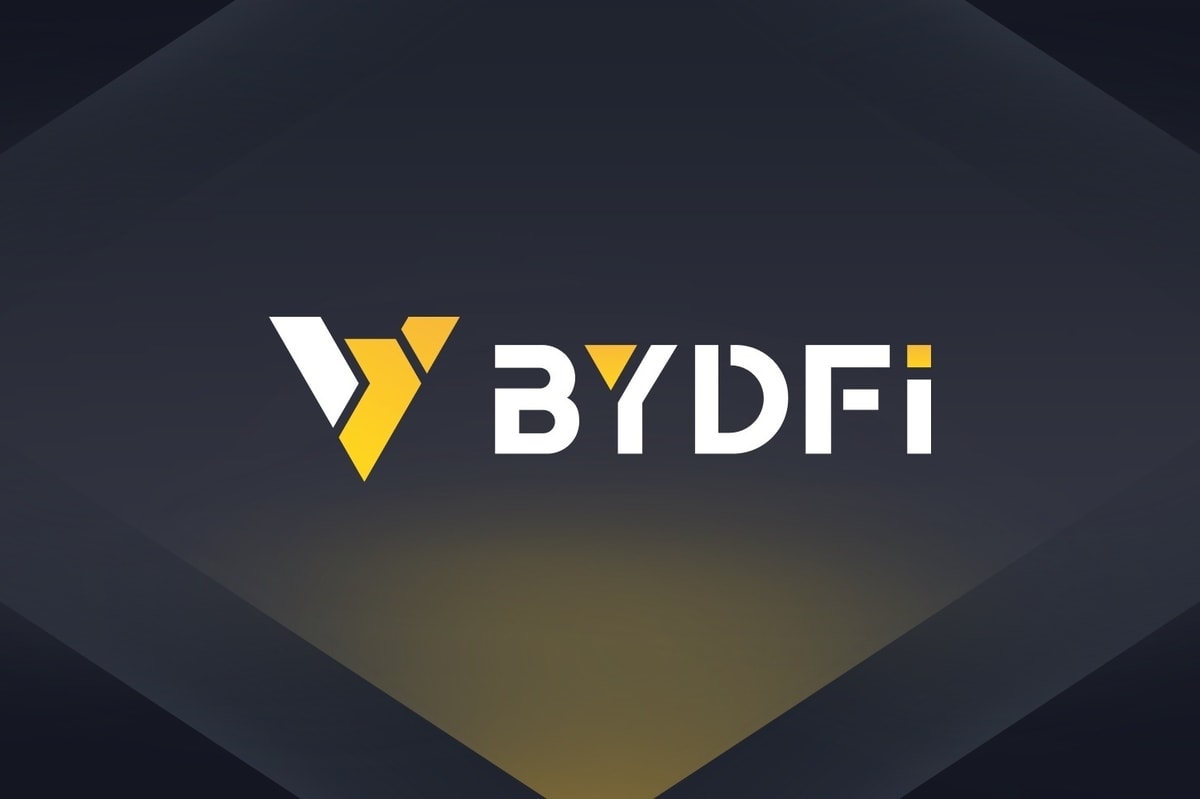While borderless DeFi applications, tokenized products and the popularity of AI-driven metaverses and NFTs made Web3 pervasive from business and socio-culture standpoints, the ‘base layer protocol’ has remained king. As the Fat Protocol thesis posits, value in blockchains would mostly accumulate at the base protocol layer rather than the application layer. For a while, this seemed to be true.
Names like Ethereum and Bitcoin have received substantially more airtime in mainstream circles — meaning that the regular user remained invested in the success of the core blockchain without getting into the valuation of the promising dApps built atop it. If we compare, this is quite a departure from open-source Web2 models where data analytics and media giants captured massive valuations and created new product-market fit (even where none previously existed) by leveraging consumer psychology and changing their behaviors.
But will this remain the case for much longer? We see applications like Uniswap generating considerable revenue from swap fees while some Layer-1s struggle to generate protocol-level fees to keep the network running smoothly. Composability of dApps also played a key role as DEXes and money market funds became the central hub for many DeFi applications, driving more value directly to those select applications as opposed to the indirect value passed on to the protocol layer.
We’re seeing a migration taking place today, as the value from the protocol level is being redistributed to the application layer. Let us call this new iteration the “Fat Application” thesis.
New economic viability for Web3
We tend to think of a base protocol as the building blocks of the blockchain, which creates functionality for network transactions — ideally in a secure, fast way. Many are associated with research projects which receive grants and funding. Once up and running, a primary aim is for them to attract the best dApps, which in turn could increase adoption, use and subsequently, value of the blockchain. These dApps on the other hand are expected to have a business model from the get-go and unlike the core protocol, usually have a specific goal, vision and revenue-generating mechanisms.
Let’s not forget — with numerous L1s vying for the top spot with no clear unique selling proposition, combined with the advent of bridges and interoperability solutions, capturing value has been harder than it would be for first movers several years ago. When examined from the perspective of an end user (especially a non-crypto native who has already faced the barriers of technical jargon), they are less concerned about the protocol and more interested in understanding the reliability, popularity, utility or even ROI offered by the applications it houses.
Autonomy in operations, however, is a highly coveted business strategy these days. We see applications like dYdX announcing a migration to their own chain. Once deployed, the Ethereum protocol could lose network traffic and transaction fees from this app. If in time and with the acquisition of the niche technical know-how, talent and resources (this effect is compounded by major dApps looking to be entirely self-sufficient), base layers could lose out on value capture unless they innovate. This is a solid example of how the Fat Application thesis is flipping.
Business model innovation requires tech innovation
Even if gradually, the change could take place. Let’s be prepared for it by diving into lessons from Web2. Here are some things to consider as a:
dApp user
As application chains give flexibility to the application developer, a user’s experience could be drastically different from the one on a legacy chain. Also, given that an application chain needs to build its own security, users need to ensure that the application chain is safe to use.
Developer
Reflect on whether your business can run smoothly. Build customer loyalty whilst also battling changes in on-chain technology, security issues or hacks and downtime. What are the pros and cons of having your own chain? What are the costs or benefits associated with running your own protocol? Do you have the experts onboard to help balance both? How can you onboard users who are more familiar with the bigger chains and tokens?
Protocol
The benchmarks for and competition between Layer 1s to offer the highest standards of technology will increase substantially. Be prepared to up the ante on your tech, security, usability and user experience. You might have to design new protocols that are more application-tailored so that developers can easily implement business logic that is otherwise not possible with existing Layer 1s. Can protocols provide more “mix-and-match solutions” that meet the consumers’ various needs at different points in time? How will they grow a sustainable, thriving ecosystem of projects?
On this front, we see protocols moving from a monolithic design where transaction processing, validation, data storage and consensus all happen on the same network to a more modular design that will allow applications to pick and choose the best provider for themselves.
Brand
How can blockchain-based applications help you provide value to your consumers — is it a DeFi solution? Is it an NFT or metaverse offering? How could your products or campaigns be affected by the base layer? Do you need to concern yourself with it?
Where to next?
Yes, the Fat Protocol thesis made a lot of sense at the onset of Web3. The industry was still coming into its own. But now, protocols have moved backstage and applications are coming to the center stage, a phenomenon catalyzed by application developers aiming to provide seamless and gasless UX to end users (and perhaps to a small degree, the reduced skepticism toward crypto at large).
The value migration we’re seeing from Fat Protocolto Fat Application acts as a reminder that innovation is a non-stop exercise that is not restricted to applications, but extends to core protocols. How both parties balancecapturing value and providing value to their customers remains yet to be discovered.
Dr. Yaoqi Jia is the founder & CEO of AltLayer, where he is building rollups-as-a-service to bring scalability to Ethereum-based chains.
This article was published through Cointelegraph Innovation Circle, a vetted organization of senior executives and experts in the blockchain technology industry who are building the future through the power of connections, collaboration and thought leadership. Opinions expressed do not necessarily reflect those of Cointelegraph.
Learn more about Cointelegraph Innovation Circle and see if you qualify to join











